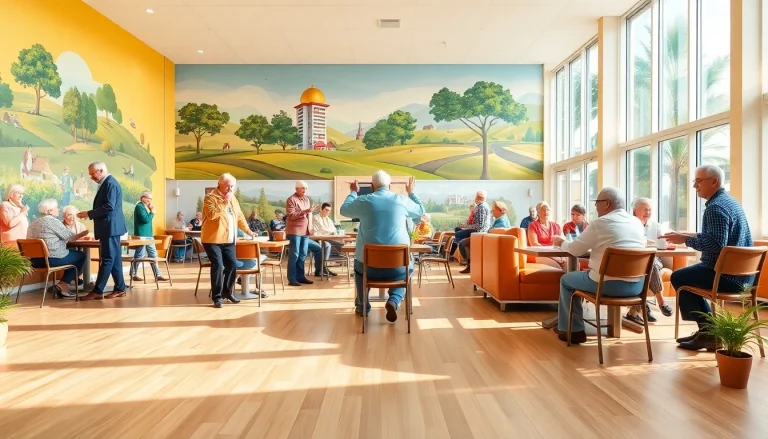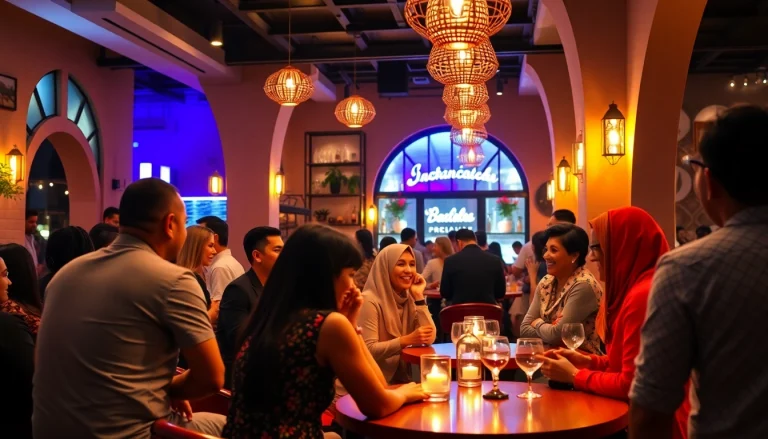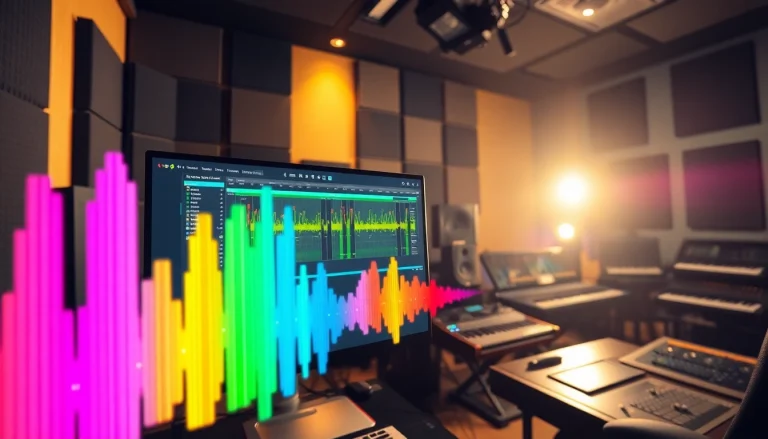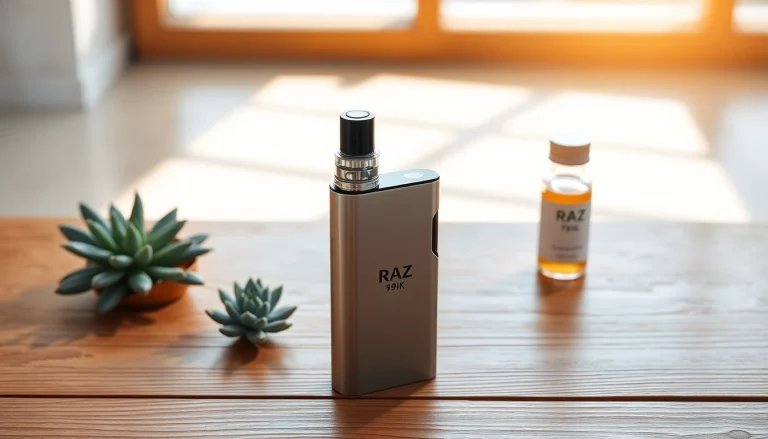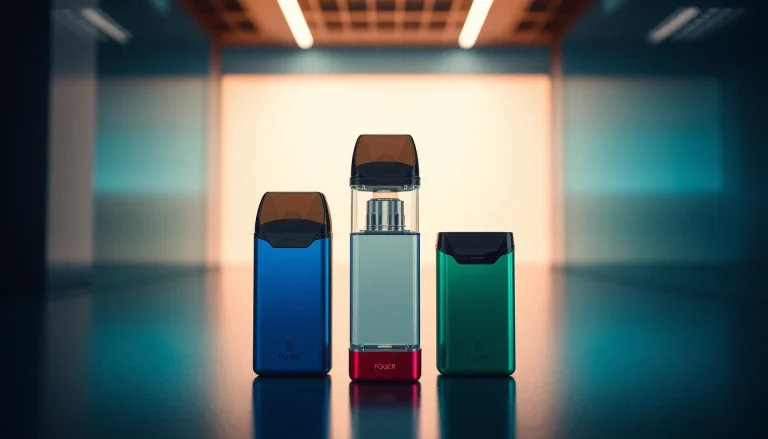Understanding Wildfire Events
What Are Wildfire Events?
Wildfire events refer to gatherings or activities that are centered around the theme of wildfires, including awareness initiatives, educational workshops, and community engagement activities focused on wildfire prevention and response. These events aim to foster knowledge about the impact of wildfires on ecosystems, property, and human health. They vary widely in scale and purpose—from large festivals and outdoor concerts to smaller community meetings and educational workshops.
With the increasing frequency and intensity of wildfires globally, it’s crucial to address the associated risks and engage communities in meaningful conversations surrounding wildfire prevention and management strategies. Organizations and communities can organize various wildfire events to educate the public, promote safety measures, and encourage sustainable practices.
The Importance of Community Engagement
Community engagement is vital in the context of wildfire events. When communities come together, they not only build collective knowledge and awareness but also foster resilience against potential wildfire threats. Engaging residents can lead to:
– Increased Awareness: A well-informed community is more likely to take preventive actions, such as creating defensible spaces around homes or participating in local fire safety programs.
– Collaboration: Events can facilitate partnerships among local governments, fire departments, environmental organizations, and residents, leading to comprehensive wildfire management strategies.
– Resource Mobilization: Community events can inspire local support for increasing funding and resources allocated to wildfire prevention and response, ultimately leading to better preparedness and recovery efforts.
Common Challenges in Organizing Wildfire Events
Organizing wildfire events comes with its own set of challenges, including:
– Limited Funding: Securing sufficient financial resources to host an event can be challenging, particularly for non-profit organizations.
– Logistical Hurdles: Coordinating venue selection, necessary permits, and resources such as speakers or educational materials can present complications.
– Engagement Levels: Achieving substantial participation from community members can be difficult, particularly in areas with low wildfire awareness.
Efforts to overcome these challenges could involve creative fundraising strategies, collaborations with local businesses and organizations, and targeted marketing efforts to stimulate public interest.
Planning a Successful Wildfire Event
Setting Objectives and Goals
It’s essential to establish clear objectives and goals when planning wildfire events. These objectives should align with your audience’s needs and the specific issues surrounding wildfires in your community. Some typical goals may include:
– Raising Awareness: Educate the public about wildfire risks and prevention strategies.
– Community Engagement: Encourage community participation and feedback in fire management plans.
– Resource Distribution: Provide attendees with materials that will help them mitigate wildfire risks at home.
Setting measurable goals can help gauge the success of the event and identify areas for improvement.
Budgeting for Wildfire Events
Creating a detailed budget is pivotal to managing the financial aspects of your wildfire event. Consider the following steps:
1. Estimate Costs: Include venue rental, permits, supplies (like pamphlets or promotional materials), speaker fees, and refreshments.
2. Identify Funding Sources: Seek sponsorships from local businesses, grant opportunities, and community partnerships to offset costs.
3. Create a Financial Plan: Allocate funding to different areas of the event’s execution, ensuring all aspects are covered without overspending.
4. Contingency Funds: Set aside a small percentage of the budget for unexpected expenses that may arise.
Through thoughtful budgeting, you can ensure your event is financially viable while maximizing its impact.
Choosing the Right Venue and Location
The venue can significantly influence a wildfire event’s success. Factors to consider when selecting a location include:
– Accessibility: Ensure that the venue is easily reachable for all community members, including those with disabilities.
– Capacity: Select a venue that comfortably accommodates your expected attendance and offers space for activities.
– Safety: Consider venues that prioritize safety regulations and fire prevention measures, which can establish credibility with attendees.
– Facilities: Look for locations equipped with necessary amenities such as audio-visual equipment, catering facilities, and restroom access.
By carefully selecting a venue, you will create an inviting atmosphere conducive to learning and interaction among participants.
Marketing Your Wildfire Events
Leveraging Social Media Platforms
Social media is an extraordinary tool for promoting wildfire events. Consider the following strategies:
– Create Engaging Content: Use visuals, infographics, and video content to inform followers about event details and related topics, such as wildfire prevention tips.
– Build Anticipation: Regularly share updates and sneak peeks of the event lineup to stimulate excitement and encourage participation.
– Utilize Hashtags: Generate a unique event hashtag that can track conversations and expand reach across platforms.
By creating a cohesive social media strategy, you can efficiently engage with a wider audience and boost attendance.
Creating Compelling Content to Attract Visitors
Your marketing efforts should include producing high-quality content that resonates with potential attendees. Here are some ideas:
– Educational Blog Posts: Share articles or guides on wildfire safety, featuring local case studies and testimonials to encourage readership.
– Event Newsletters: Develop periodic newsletters leading up to the event to keep community members informed while emphasizing the importance of wildfire awareness.
– Community Spotlights: Highlight local heroes, organizations, or success stories that have positively impacted wildfire management efforts.
Compelling content will not only attract visitors but also establish your credibility and authority in the field.
Collaborating with Local Businesses and Sponsors
Partnering with local businesses can amplify the reach and impact of your wildfire event. Engage local sponsors through:
– Mutual Benefits: Offer sponsors visibility in marketing materials and within the event in exchange for their support.
– Cross-Promotion: Collaborate with local merchants or service providers to co-host events or share resources.
– Community Involvement: Involve local businesses as participants or speakers, enhancing the community’s investment in wildfire awareness.
Building these partnerships increases resource availability and fosters a spirit of collaboration within the community.
Executing an Engaging Wildfire Event
Crafting Unique Experiences for Attendees
To ensure attendees have an engaging experience, consider these tactics:
– Interactive Activities: Organize workshops, demonstrations, or simulations that allow participants to practice wildfire safety skills in real time.
– Guest Speakers: Feature industry experts, local firefighters, or community leaders who can share valuable insights and experiences.
– Entertainment Options: Include music, art, or local culinary highlights to promote an atmosphere of celebration while educating on an essential topic.
A well-rounded event encourages networking, learning, and sharing among attendees.
Maximizing Participation and Involvement
Enhancing participation involves not only marketing, but fostering an atmosphere that motivates attendees to engage fully:
– Pre-Event Surveys: Based on community concerns or interests, tailor the event content to meet the needs and expectations of participants.
– Networking Opportunities: Designate areas for socializing and networking, encouraging attendees to interact and share their insights.
– Inclusive Activities: Ensure that activities cater to all age groups and demographics, allowing everyone to find value in the event.
Striving to involve your audience maximizes their investment in the event, increasing the likelihood of attendance at future gatherings.
Utilizing Feedback for Future Improvement
Collecting and utilizing feedback after your wildfire event is essential for continuous improvement. Consider these strategies:
– Post-Event Surveys: Distribute surveys to participants to gather their insights on content quality, logistics, and overall experience.
– Focus Groups: Invite a diverse group of attendees to engage in discussions about their event experiences and suggestions for future planning.
– Track Engagement Metrics: Monitor social media interactions, attendance numbers, and community involvement levels to evaluate event impact.
By analyzing feedback, you can identify strengths and opportunities for improvement in future wildfire events.
Measuring Success of Wildfire Events
Key Performance Indicators for Event Evaluation
Establishing clear Key Performance Indicators (KPIs) will help analyze your wildfire event’s success effectively. Common KPIs include:
– Attendance Rates: Compare registration numbers with actual participation to gauge interest and engagement levels.
– Participant Engagement: Assess how many attendees actively participated in workshops, discussions, or networking sessions.
– Social Media Metrics: Analyze post-event social media engagement to measure the lasting impact of your outreach efforts.
These KPIs will help gauge the effectiveness of your event and identify areas that may need adjustment in future iterations.
Surveys and Feedback Collection
After an event concludes, deploying surveys can provide valuable insights into attendee satisfaction. Consider:
– Simple Structure: Keep the survey concise, with a mix of rating scales and open-ended questions to capture various viewpoints.
– Incentives: Offer small incentives, such as raffle entries or discounts on future events, to encourage more responses.
– Timely Follow-Ups: Distribute surveys shortly after the event while experiences are still fresh in attendees’ minds.
A robust feedback collection process strengthens your understanding of community needs and preferences, aiding future event planning.
Analyzing Outcomes and Long-term Impact
Far beyond the immediate results of the event, assessing long-term outcomes allows for refining future initiatives. Analyzing these outcomes entails:
– Community Changes: Measure shifts in community awareness, behavior, or practices related to wildfire safety and prevention following the event.
– Reassessing Goals: Re-evaluate initial objectives to see whether they were achieved and how they can shape future events.
– Sustained Engagement: Consider establishing year-round communication channels or follow-up events to maintain momentum in wildfire awareness.
By examining the collective impact and ongoing changes within the community, you can reinforce your efforts towards ensuring wildfire safety and resilience.


